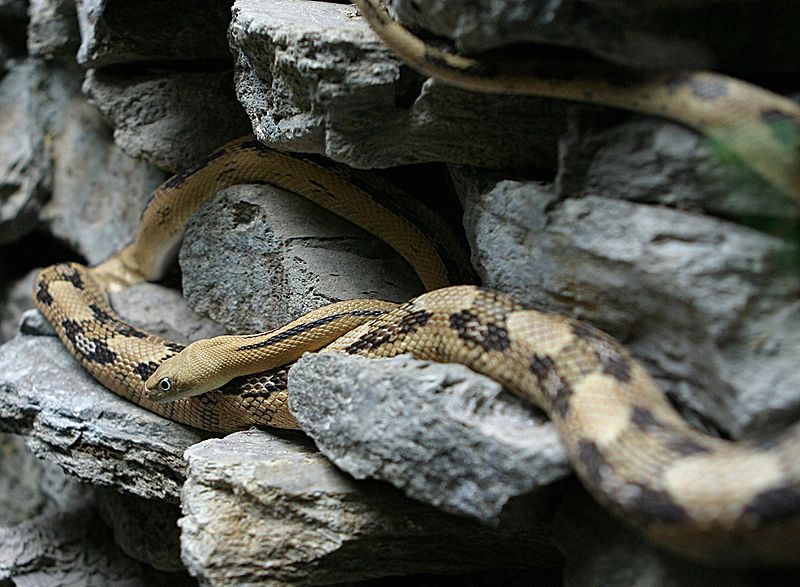 Many interesting field research reports are published in professional journals such as Copeia, Herpetologica and Herpetological Review, and are not available on the internet. From time to time I’ll provide summaries of some of the fascinating articles that I come across. Today’s report, drawn from Autumn, 2010 publications, covers observations of free-living snakes, turtles and caimans.
Many interesting field research reports are published in professional journals such as Copeia, Herpetologica and Herpetological Review, and are not available on the internet. From time to time I’ll provide summaries of some of the fascinating articles that I come across. Today’s report, drawn from Autumn, 2010 publications, covers observations of free-living snakes, turtles and caimans.
Giant Meals…even for snakes!
Snakes are “big meal specialists”, but rarely consume animals larger than themselves. However, a Southern Toad and a Spadefoot Toad, swallowed by different Eastern Hog-nosed Snakes, Heterodon platyrinos, each outweighed the snake by several grams! Read More »
 That Reptile Blog – Reptile, Amphibian and Exotic Pet Care and Information
That Reptile Blog – Reptile, Amphibian and Exotic Pet Care and Information




